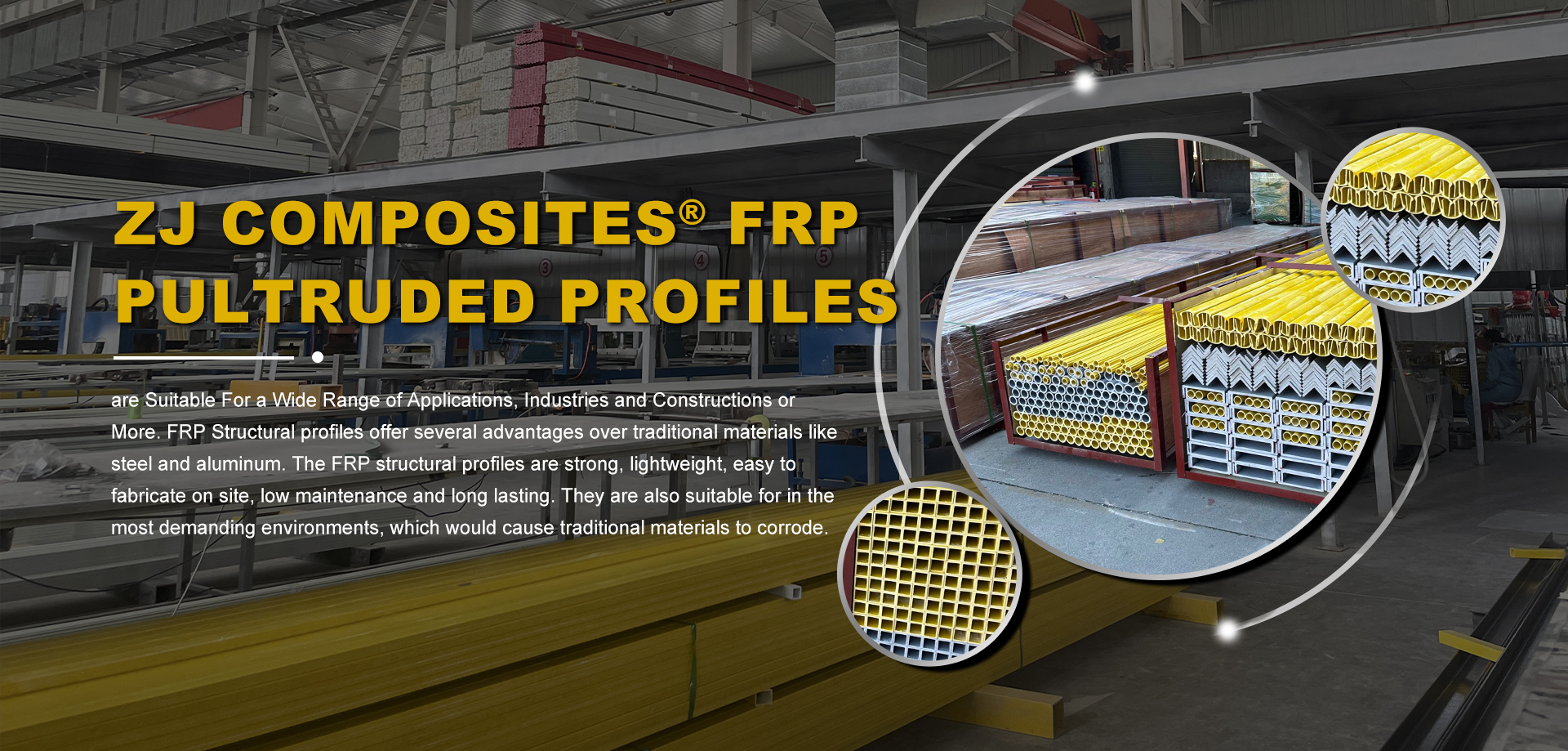loading...
- No. 9, Xingyuan South Street, Dongwaihuan Road, Zaoqiang County, Hengshui, Hebei, China
- admin@zjcomposites.com
- +86 15097380338
- Welcome to visit our website!
Exploring the Benefits and Applications of Fiber Reinforced Polymer Bars in Modern Construction
The Role of FRP Bars in Modern Construction
Fiber-Reinforced Polymer (FRP) bars are revolutionizing the construction industry with their unique properties and versatile applications. As building methods continue to evolve, the demand for materials that are both durable and lightweight has grown significantly. FRP bars, composed of a matrix of polymer resins reinforced with fibers (such as glass, carbon, or aramid), have emerged as an innovative solution to many of the limitations posed by traditional construction materials like steel.
One of the most notable advantages of FRP bars is their exceptional corrosion resistance. Unlike steel, which is vulnerable to rust and degradation when exposed to moisture and chemicals, FRP bars remain intact in harsh environments. This property makes them particularly appealing for structures in coastal areas, industrial settings, or environments where de-icing salts are commonly used. By minimizing the risk of corrosion, FRP bars can significantly extend the lifespan of structures, reduce maintenance costs, and enhance safety.
.
The tensile strength of FRP bars is another critical factor contributing to their growing popularity. While the compressive strength of conventional materials like concrete is well-known, tensile strength is equally important for the structural integrity of many designs. FRP bars exhibit high tensile strength-to-weight ratios, allowing for the design of thinner and more efficient sections. Architects and engineers can therefore create innovative designs without compromising on safety or performance.
frp bar

Moreover, the versatility of FRP bars in construction is commendable. They can be molded into various shapes and sizes, making them suitable for different structural applications. From bridges and parking garages to residential buildings and tanks, their adaptability allows for extensive use across diverse projects. They can also be used in precast concrete products, enhancing the performance of elements such as slabs and panels.
Another important aspect of FRP materials is their sustainability. The production process of FRP bars often involves lower energy consumption compared to steel. Additionally, the extended lifespan and reduced maintenance needs of structures incorporating FRP can lead to a decrease in overall resource usage over time. By minimizing the carbon footprint associated with building maintenance and repair, FRP technologies align well with global sustainability goals.
Despite these advantages, it is essential to consider the limitations of FRP bars as well. The initial cost can be higher than that of traditional materials, which may deter some project managers from considering them as a viable option. However, when factoring in the long-term savings from reduced maintenance and longer service life, the overall cost-effectiveness improves.
In conclusion, FRP bars represent a significant advancement in construction technology. Their unique properties, including corrosion resistance, lightweight nature, high tensile strength, and versatility, make them an excellent choice for modern building projects. As awareness of their benefits continues to grow, more construction professionals are likely to incorporate FRP bars into their designs, paving the way for a future where both sustainability and durability are prioritized. Embracing such innovative materials may ultimately transform the construction industry, resulting in safer and more resilient infrastructure.
-
GRP Structures: The Future of Lightweight, High-Performance EngineeringNewsJun.20,2025
-
FRP Water Tank: High-Performance Storage for Corrosive and Clean Water SystemsNewsJun.20,2025
-
FRP Square Tube: The New Industry Standard for Chemical and Structural ApplicationsNewsJun.20,2025
-
FRP Pultruded Profiles: The Ultimate Choice for Lightweight Structural StrengthNewsJun.20,2025
-
FRP Handrails: The Safer, Smarter, and Stronger Choice for Modern InfrastructureNewsJun.20,2025
-
FRP Grating: The Smart Solution for Durable, Lightweight Industrial FlooringNewsJun.20,2025
-
Why Choose a Galvanized Water Tank for Your Storage NeedsNewsMay.21,2025
